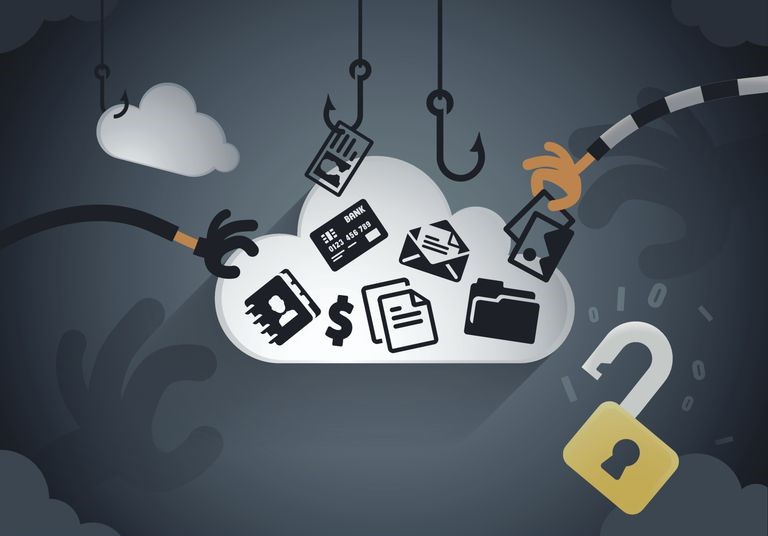
Email is an essential tool in everyday communication, both for individual users and for companies that send mass mailings. However, this popularity also makes it a prime target for various security threats. In this article, we will explore the most common email vulnerabilities and offer recommendations for mitigating them.
Types of Email Vulnerabilities
Phishing
Phishing is one of the most common and dangerous threats. Attackers send emails that appear to come from legitimate sources to trick users into obtaining sensitive information such as passwords or banking details.Malware and Malicious Attachments
Emails may contain malware-infected attachments, which when opened, can compromise the security of the user's device. This type of attack can result in the theft of information or the installation of spyware.Spoofing
Spoofing is a technique in which attackers spoof the sender's email address to make the message appear to come from a trusted source. This can lead you to fall for scams or install malicious software.Vulnerabilities in the SMTP Protocol
The SMTP (Simple Mail Transfer Protocol) used to send emails has several inherent vulnerabilities. Without the implementation of adequate security measures, such as authentication and encryption, emails can be intercepted and read by third parties.Adware
Adware is software that displays unwanted advertisements. It is often installed without the user's consent and can slow down the system. Emails can be an entry point for this type of software, especially through malicious links or attachments.Man-in-the-Middle (MitM)
In a Man-in-the-Middle attack, a third party intercepts and possibly alters the communication between two parties without their knowledge. This can occur if the mail is not encrypted and is intercepted in transit.Denial of Service (DoS)
Denial of Service (DoS) attacks attempt to overload a system with excessive traffic, making services inaccessible. A DoS attack can block a mail server, preventing the delivery of messages.Exploits
Exploits exploit vulnerabilities in software to gain unauthorized access or control of the system. Exploits can be used to compromise mail servers or email applications.Keyloggers
Keyloggers are software that records keystrokes to capture sensitive information such as passwords and banking details. This type of malware can be installed through emails with malicious links or attachments.Protect yourself from Email Vulnerabilities
To prevent vulnerabilities in your email, follow these recommendations:- Do not open suspicious links or attachments
- Verify the sender:
- Do not share sensitive information
- Keep your software up to date
- Uses two-factor authentication (2FA):







